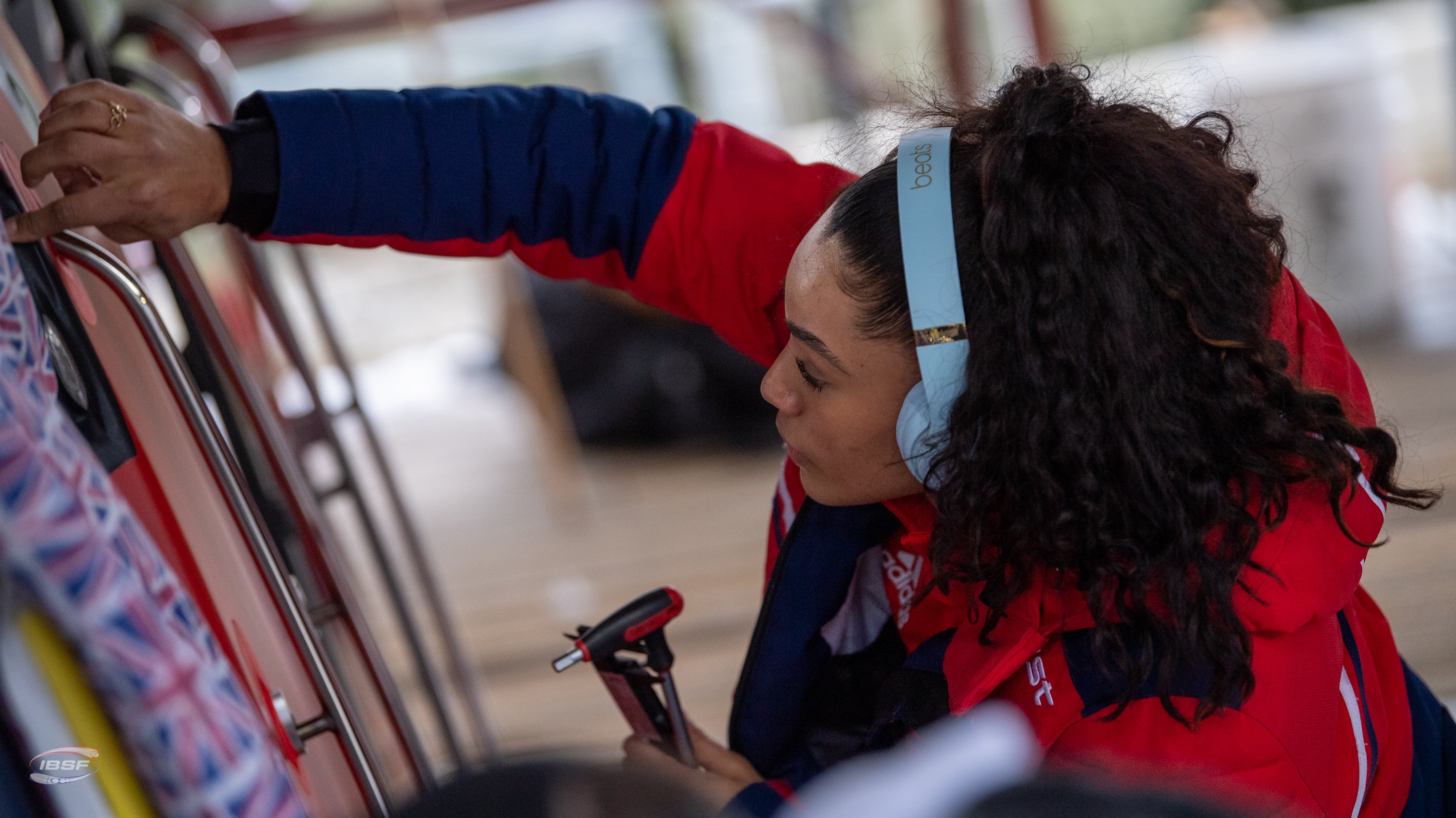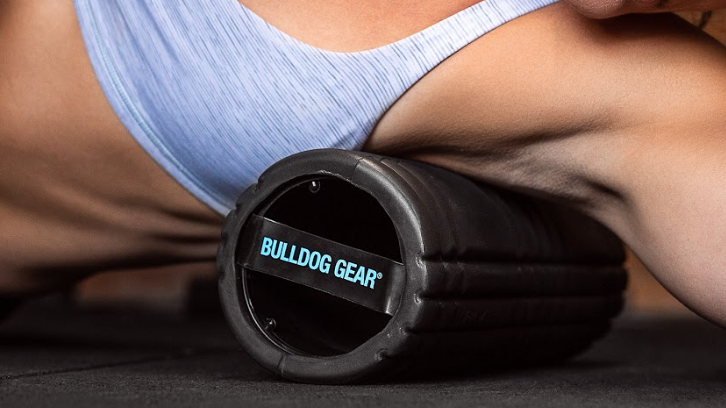|
19/10/2021 | Andrew Tracey |
The chin-up is not just a show-stopping, statement move that announces to the world that you have zero regard for gravity, it’s also an incredibly functional, muscle and stability building exercise that majorly adds to your movement toolbox, especially pivotal when it comes to zero kit, bodyweight training.
It might be a majorly game-changing, portable move that enables you to get an effective workout in, anywhere; but if you haven’t quite unlocked chin-ups into your arsenal yet, they can seem like a daunting task.
Follow the regressions below, ensuring you nail each before you move on and you’ll be well on your way to chin-over-bar mastery.
Inverted Rows
Begin with a bar in rack at around hip height. Grasp the bar and hang beneath it, assume a strong plank position, creating a rigid structure from your ankles to your head. Squeeze your quads, glutes and core; fostering tension throughout your entire body. From a dead hang, pull your shoulder blades down and back before flexing at the elbows and pulling your body towards the bar. Touch your chest to the bar and hold this position for a second before slowly lowering yourself back into a dead hang and repeating.
To progress or regress the movement, walk your feet further away from (or closer to, respectively) the bar, in order to alter the angle of your body and increase/ decrease the resistance.
Leg Assisted Chin-ups
Once you’re comfortable achieving multiple reps and set with a fully ‘walked out’ inverted row, it’s time to shift the emphasis from a horizontal pulling pattern, to a much more specific vertical pattern.
With the barbell set slightly higher in the rack, reassume your inverted row position, ensuring you have a supinated or underhand grip on the bar, with your hands around shoulder width apart. Walk your feet backwards, until you are hanging directly below the bar with your torso and arms perpendicular to the ground. Pull your shoulder blades down and back before pulling yourself towards the bar, use your legs to assist your ascent, but limit their involvement to the absolute minimum you need to help you get your chin above the bar. Pause for a second with your chest touching the bar, before lowering yourself under control to a full dead hang and repeating.
As you progress, try to actively rely less and less on your legs for help, raising them up onto a box once you feel comfortable to further place the emphasis upon your upper body.
Band Assisted Chin-up
Loop a resistance band around a pull-up bar and step a foot into it. Grasp the bar with supinated grip and hang directly below it. Avoiding any excessive motion or swinging, lock you shoulder blades down and back and pull yourself towards the bar, allowing the band to assist your ascent. Squeeze hard at the top of the bar to solidify each rep before lowering yourself under control and repeating.
Progressively use a smaller/thinner band to up the resistance on your upper body.
Jumping Eccentric Chin-ups
Once you’re comfortable that you can grip and hold onto your full body weight, and whilst still working on the movement pattern with feet or band assisted reps, we’re going to level up to jumping eccentrics.
Set a box beneath your bar, stand atop it and grab your bar with a ‘palms facing’ grip. Jump off of the box, using the momentum to get your chin above the bar, hold yourself here for a 1-2 second count, before lowering yourself into a dead hang over 3-4 seconds. Step back up onto the box and repeat for sets of 5-6 reps.
Full Chin-up
Once you’ve comfortably nailed the movement pattern with assisted variations and have built strength through the eccentric portion, you’re ready to attempt the full chin-up.
Jump up and grab your bar with a supinated grip, pull your shoulder blades down and back, point your toes and squeeze your thighs, glutes and core, creating tension through your entire body. Flex at the elbows pulling yourself towards the bar, once your chin clears the bar- keep pulling, aiming to get your chest as close to the bar as possible.
In order to concrete your new found gains and ensure you continue progressing, always take a second at the top of each rep to squeeze hard, before lowering under control.
Avoid excessive body movement to propel you over the bar, and if you find yourself dropping from the top of each rep with little control, end your set.



